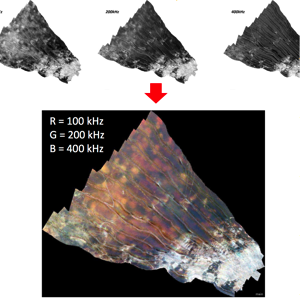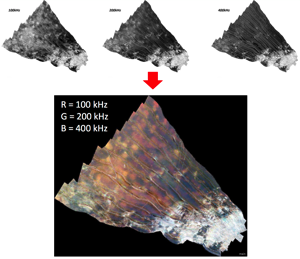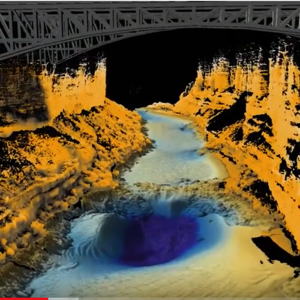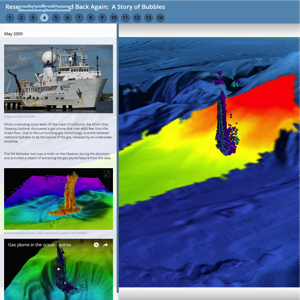R2Sonic have just released a new firmware update that allows the system to ping in succession at different frequencies. It works best on the Sonic 2026 as this can ping at 100 kHz, 200 kHz and 400 kHz. QPS QINSy records the frequency with each ping and then FMGT (the backscatter app) processes each frequency independantly. Dr Craig Brown at Nova Scotia Community College is furthering the science with processed data and specific projects.
The seabed sediment looks different at each frequency as the bandwidth (read new style pulse length) changes with each frequency. It’s a bit like the difference between an Orchestra and a solo violin, the violin can be great but the Orchestra just gives you more.
There is an excellent paper given at Geohab 2016 by Dr Jonathan Beaudoin of QPs and Dr Craig Brown here http://www.geohab2016.org/geohab16/sites/geohab16/files/documents/pdf/08%20GeoHab2016_Beaudoin.pdf



